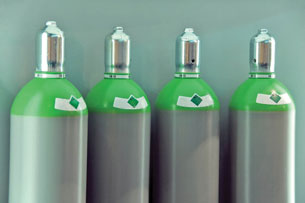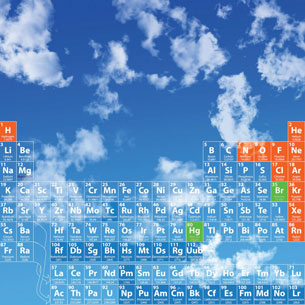Module 6 Intro
1. Module 6 Intro
1.20. Page 5
Module 6—Stoichiometry
 Reflect and Connect
Reflect and Connect
 Module Assessment (Part 3)—Stoichiometry Calculator
Module Assessment (Part 3)—Stoichiometry Calculator
In Lesson 2 you modified your automatic Stoichiometry Calculator to calculate the mass for substances involved in a chemical reaction. Retrieve the latest version from your course folder. Modify your Stoichiometry Calculator and instructions to use and predict either the pressure or volume of a gaseous substance involved in a reaction.
Submit an electronic version of your Stoichiometry Calculator and revised instructions to your teacher, along with a brief explanation of how you constructed the spreadsheet. Provide an example of how you tested the spreadsheet to ensure that it works properly.
As in the previous lesson, you will be allowed to modify your Stoichiometry Calculator using the feedback you get from your teacher. Remember to keep a copy of your Stoichiometry Calculator in your course folder so you can revise it as you work through this module.
 Reflect on the Big Picture
Reflect on the Big Picture

© Blaz Kure/shutterstock

© Michael D Brown/shutterstock
Further development of fuel-cell technology and processes to produce hydrogen may mean that cars that use fuel cells may become more common in the future. In 2007, hydrogen-powered vehicles—due in part to the stoichiometry of the energy-producing reaction—had a limited driving range. In addition, few locations existed for refilling hydrogen-powered vehicles.
 Assessment
Assessment
Submit the following assessment items to your teacher:
-
Module 6: Lesson 3 Assignment
-
Discuss
-
Module Assessment (Part 3)—Stoichiometry Calculator